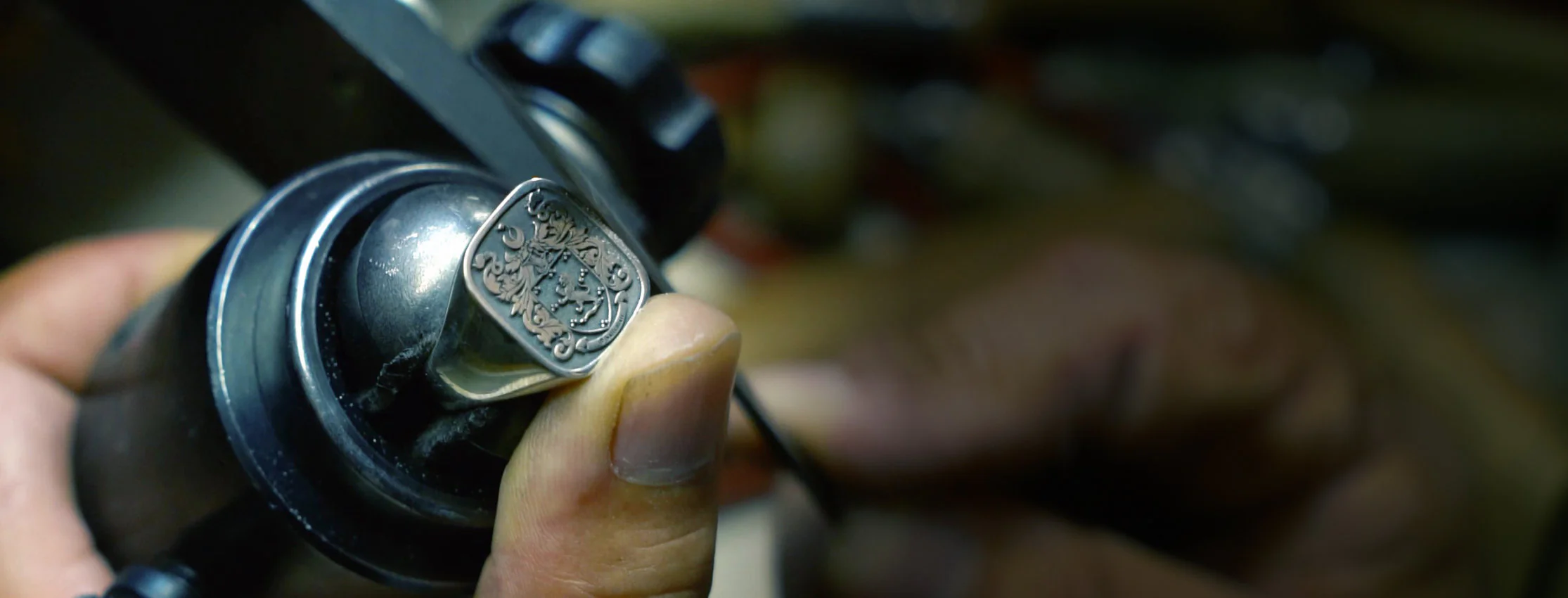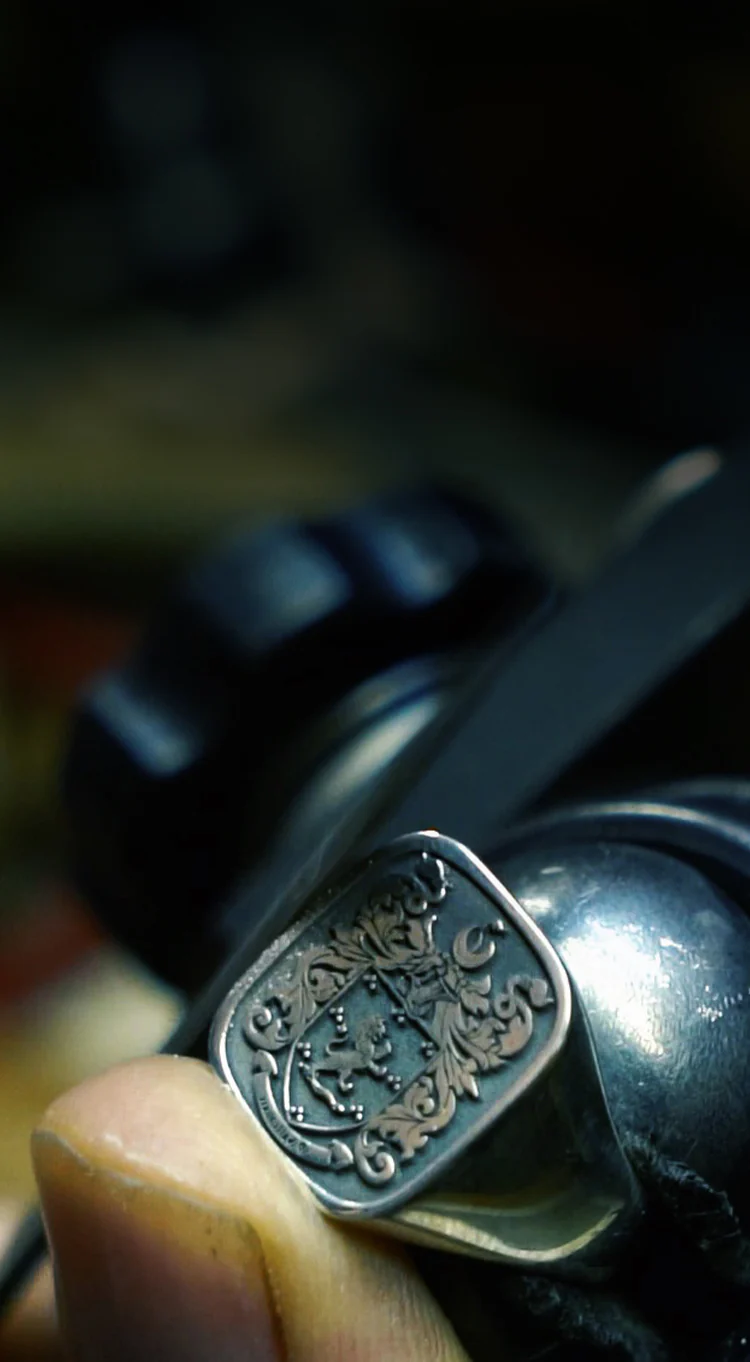The Medieval Church part 2
While bishops and priests worked among the people, guiding them toward God, another group chose a more secluded path. These men built monasteries, dedicating their lives to prayer, work, and worship.


While bishops and priests worked among the people, guiding them toward God, another group chose a more secluded path. These men built monasteries, dedicating their lives to prayer, work, and worship.

What do we mean when we say that a certain design is heraldic and another is not, and that symbols have been used on shields for thousands of years without being heraldic? The answer is that for a design to be heraldic it must be hereditary. The designs used by...
What do we mean when we say that a certain design is heraldic and another is not, and that symbols have been used on shields for thousands of years without being heraldic? The answer is that for a design to be heraldic it must be hereditary. The designs used by...

Early examples of evidence of documented heraldry include the great east window of Gloucester Cathedral (image above) which is described as the earliest war memorial in England. It was installed by one of the warriors of Agincourt and contains at the base the coats of arms of some of the...
Early examples of evidence of documented heraldry include the great east window of Gloucester Cathedral (image above) which is described as the earliest war memorial in England. It was installed by one of the warriors of Agincourt and contains at the base the coats of arms of some of the...



